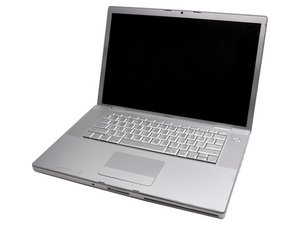Is my display or video cable busted, or is it something else?
The display on my 2008 non-unibody MacBook Pro has been having some problems. I initially misdiagnosed it as a video problem (since this machine had the known faulty GeForce 8600M which has already been replaced once by Apple), but when I took it back to the Apple store the tech couldn't get it to throw a GPU error on his diagnostic tool.
I'm getting "scrambled" looking video. Currently, the screen looks like this. I can get it to go away by smacking the back of the display, but it comes back when I flex the hinge on the display. My "hope" is that it's the video cable, but I'm afraid it could be a problem with the display itself. How could I more accurately diagnose this? Or should I just resign myself to buying a new video cable to test, and cracking it open?
I'm feeling extra burned by this because it didn't do this before I sent the machine back to Apple, so it seems possible that maybe a tech knocked something loose when they were replacing the failed logic board. Unfortunately it's been several months since they did that and the machine doesn't have any AppleCare, so it seems unlikely that they'd help me out on this.
Anyway, advice would be much appreciated. Thanks!
Is this a good question?

 1
1  2
2 
 72
72 